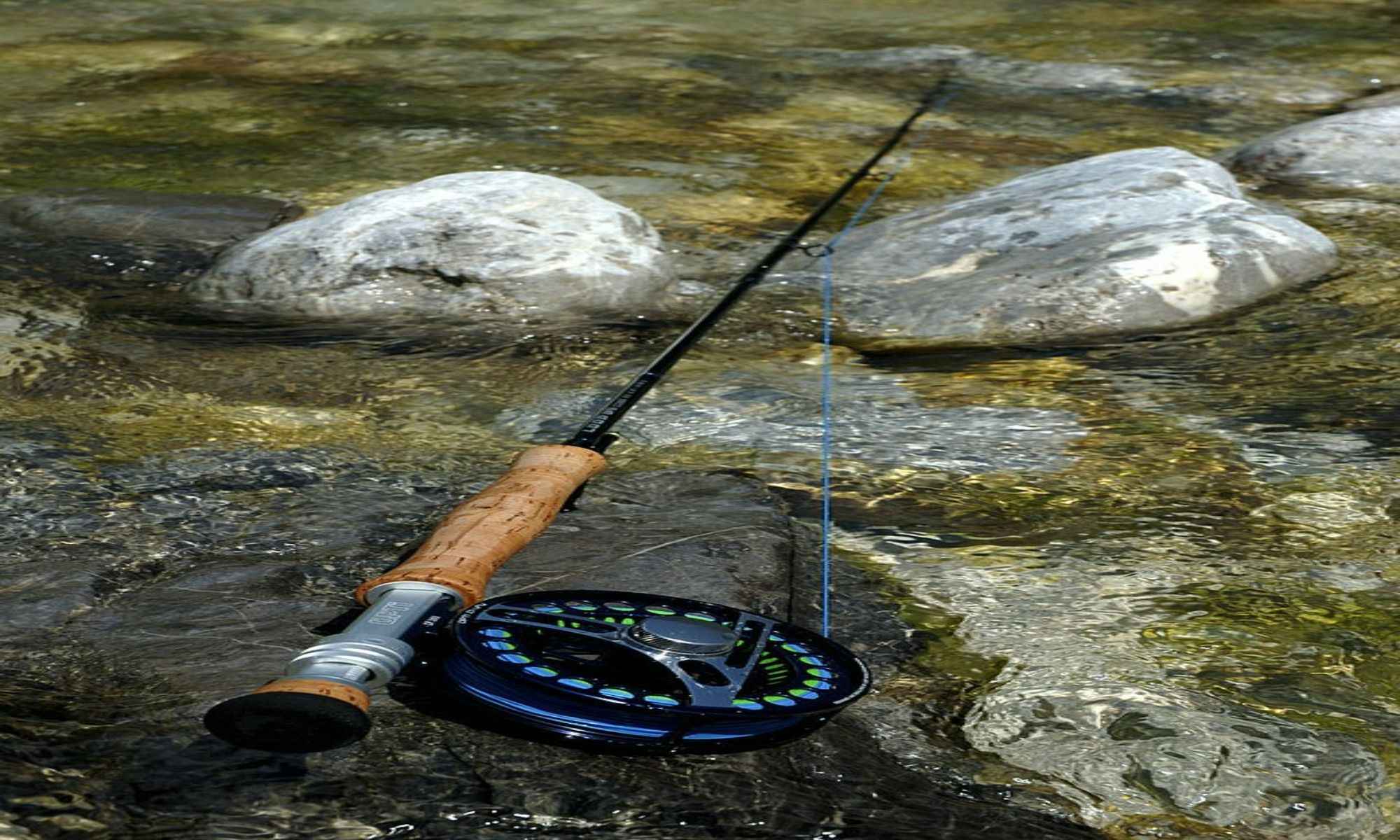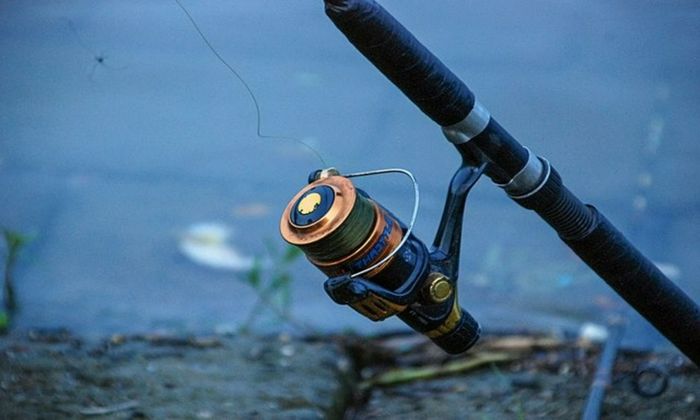Tips for Buying New Fly Rods
Here's what you should consider and some few tips to know about when you're buying a new fly rod.

As more and more people get into the fun and excitement of angling, it also means more anglers are getting into fly fishing. It is one of the most common yet specialized ways to reel fish. You use a fly to lure and catch whatever fish you target. But as technology improves and gear gets more customizable, it can be daunting to shop around for a fly rod with the vast assortment available in the markets.

Fly fishing rods are usually long, thin, and flexible as they are designed to build traction in the line and regulate its direction and distance. They are also built for casting a featherweight fly as bait or lure. The rods are commonly made out of fiberglass, bamboo, or graphite. They have a single line with smaller looped sides to control the fly line, allowing you to cast with great power and accuracy. Bamboo rods embody tradition as their craftsmanship can be awe-inspiring. But a bamboo rod can be the least versatile because of its heft. Nowadays, you can find whichever casting rod you might need when considering a number of preferences such action, length, or what type of water you're fishing in. In terms of rod length, you can definitely find either shorter rods or longer rods that can suit your angling style.
Let this be your fly rod guide. Here are some key tips and basic information on how you can choose what fly rod is best for you:

Determine Your Targets
It’s good to ask yourself what exactly you’re going to fish for using a fly rod. This is because you will need a different type of fly rod depending on what fish you plan on catching - whether it be trout, bass, or panfish. Furthermore, there are other fly rod types for either freshwater or saltwater fishing. Knowing that there is fly fishing equipment out there that can cater to whether you're targeting smaller fish or bigger fish can be very helpful. Knowing where you're fishing can also be beneficial. It doesn't hurt to know if a fly fisher might need a saltwater fly rod when out at sea, or if they're just going to fish from a small stream.
Knowing About Fly Rod Action
A fly rod’s action refers to how flexible it is. If you’re starting with fly fishing, there are three different types of fly rods that are categorized by the amount of flex; a fast action rod, a medium action rod, and a slow action rod.
1. Fast Action or Tip-Flex
The tip of this fly rod is slightly bent, but the rest of the rod is straight at the end of a backcast. This fly rod is advantageous for long casts and angling on windy days. Because of its inherent power, you can work less to cast the same distance than slower, flexible rods. One disadvantage of this fly rod is that it’s optimized for beginners and not great for short casts.
2. Medium Action or Mid-Flex
These are the most versatile fly rods because they perform well in diverse conditions. They are a terrific choice for beginners because they are easy to learn. Backcasting will see the rod bend from about halfway down on this type of fly rod.
3. Slow Action or Full-Flex
These fly rods are the most flexible of the three. A full backcast will see the rod arch and bend to a 90-degree angle. This rod is ideally suited for presenting and casting in small streams. They are also very forgiving and easy to learn with but lack the efficacy of the medium-action rod. If you’re not targeting trophy-sized fish, this rod is the one for you.
Considering Line Weight
The weight of the fly line is what casts the fly in fly fishing. So if you choose the wrong weight fly line in agreement with the type of fly you’re using, you will have issues with the precision and control of your casting.

A fly line is measured using a unit called grains. Manufacturers have developed a numbering system to have a simpler way of determining how heavy a fly line is - 1 being ultralight, to 14 and beyond being heavy.
So how do you know which weight of fly line to use? A simple tip is to remember to make sure whatever rod you’re using is compatible with the fly line and flies you plan to use. Here’s a simple breakdown of which weight to use on what:
1. Fly Line Weight 1-3
If you’re planning to fish for tiny fish, this is the weight you should use.
2. Fly Line Weight 4-5
These are a good all-around option for all small fish species.
3. Fly Line Weight 6
This weight is ideal for general trout fishing and works well for similar-sized fish.
4. Fly Line Weight 7
This is ideal for bass fishing and reeling in trophy-sized trout. It’s also a good choice for steelhead and small to medium-sized salmon.
5. Fly Line Weight 8 and Above
These fly line weights are used for larger and stronger fish, particularly saltwater species.
How Long Should Your Fly Rod Be
Determining how long your fly rod should be is simple. Depending on what you plan on catching and where you will be capturing it, the safest choice is getting a rod 8 to 9 feet in length.
1. 9 Feet
This is the ideal length if you need to make long casts, use a heavy fly line, or the area you’re angling in is wind.
2. 8.5 Feet
For all-around fly fishing in a vast array of conditions.
3. 8 Feet or Shorter
This is the best length if you plan on doing precise and short casts.
Other Tips
1. Match It All Up
If you’re not ready or are not familiar enough with fly rods to adjust and customize accordingly, a great formula for an all-around excellent rod combination is; Fly Line Weight = Fly Reel Weight = Fly Rod Weight.
2. Travel Smartly
If you travel a lot, consider getting a fly rod that can be broken down into four or more pieces. Another advantage of getting a disassemblable rod is that it is easy to store, maintain, and durable.
3. Better Material
Consider getting fly rods made out of graphite instead of fiberglass because they are lighter and stronger.
4. Get a Combo
If you don't want to deal with the specifics and complexities of selecting fly rod accessories, consider purchasing a fly rod combo. You can tell the store where you're buying exactly what you're looking for, and they'll let you know the best combination to get.
5. Features to Look For
Some excellent extra features that can make a fly rod from good to great are hook keepers, quality cork handles, coated stripping guides, and a matte finish. It's also helpful to know the specific type of fishing you're going to do. If you're going trout fishing, try looking for a fly shop that has a fly rod designed for that.
Now that you know what to search for when buying a fly rod, it’s hoped that you can put it into good use next time you cast a line.



